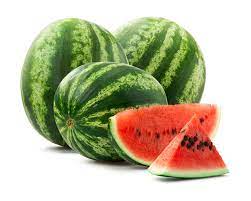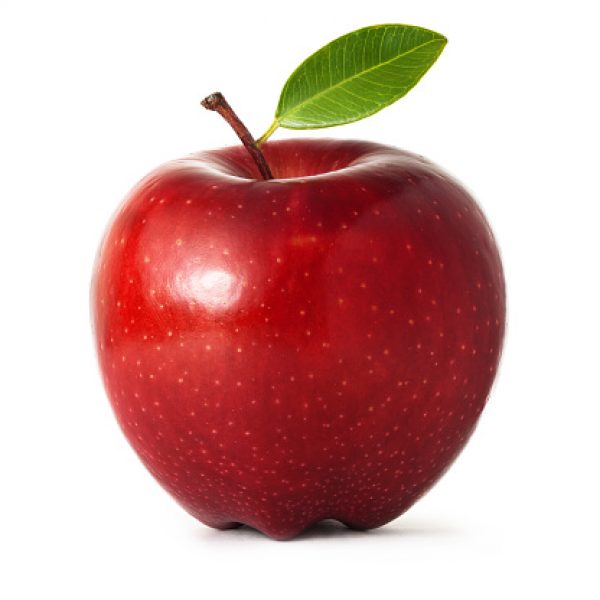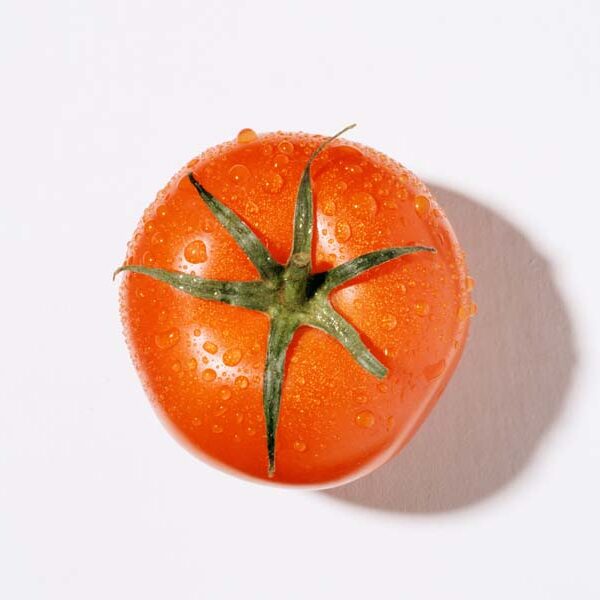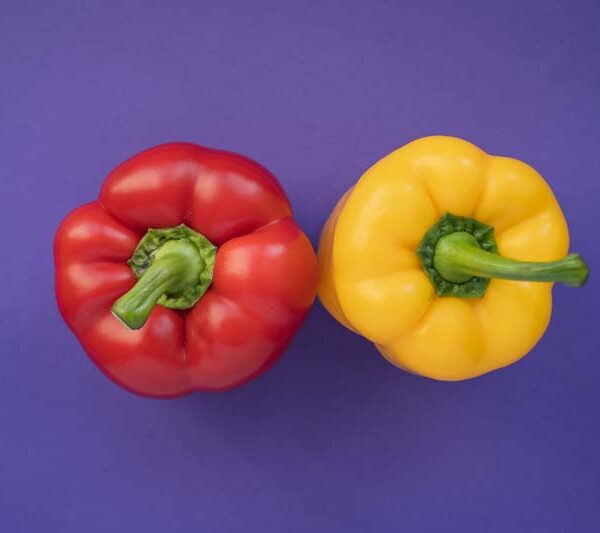Watermelon (Citrullus lanatus) is a flowering plant species of the Cucurbitaceae family and the name of its edible fruit. A scrambling and trailing vine-like plant, it is a highly cultivated fruit worldwide, with more than 1,000 varieties.
Watermelon
The watermelon is an annual that has a prostrate or climbing habit. Stems are up to 3 metres (10 feet) long and new growth has yellow or brown hairs. Leaves are 60 to 200 millimetres (2+1⁄4 to 7+3⁄4 inches) long and 40 to 150 mm (1+1⁄2 to 6 in) wide. These usually have three lobes that are lobed or doubly lobed. Young growth is densely woolly with yellowish-brown hairs which disappear as the plant ages. Like all but one species in the genus Citrullus, watermelon has branching tendrils. Plants have unisexual male or female flowers that are white or yellow and borne on 40-millimetre-long (1+1⁄2 in) hairy stalks. Each flower grows singly in the leaf axils, and the species’ sexual system, with male and female flowers produced on each plant, is (monoecious). The male flowers predominate at the beginning of the season; the female flowers, which develop later, have inferior ovaries. The styles are united into a single column.[citation needed]
The large fruit is a kind of modified berry called a pepo with a thick rind (exocarp) and fleshy center (mesocarp and endocarp).[5] Wild plants have fruits up to 20 cm (8 in) in diameter, while cultivated varieties may exceed 60 cm (24 in). The rind of the fruit is mid- to dark green and usually mottled or striped, and the flesh, containing numerous pips spread throughout the inside, can be red or pink (most commonly), orange, yellow, green or white.[6][7]
A bitter watermelon, C. amarus, has become naturalized in semiarid regions of several continents, and is designated as a “pest plant” in parts of Western Australia where they are called “pig melon”.[8]




